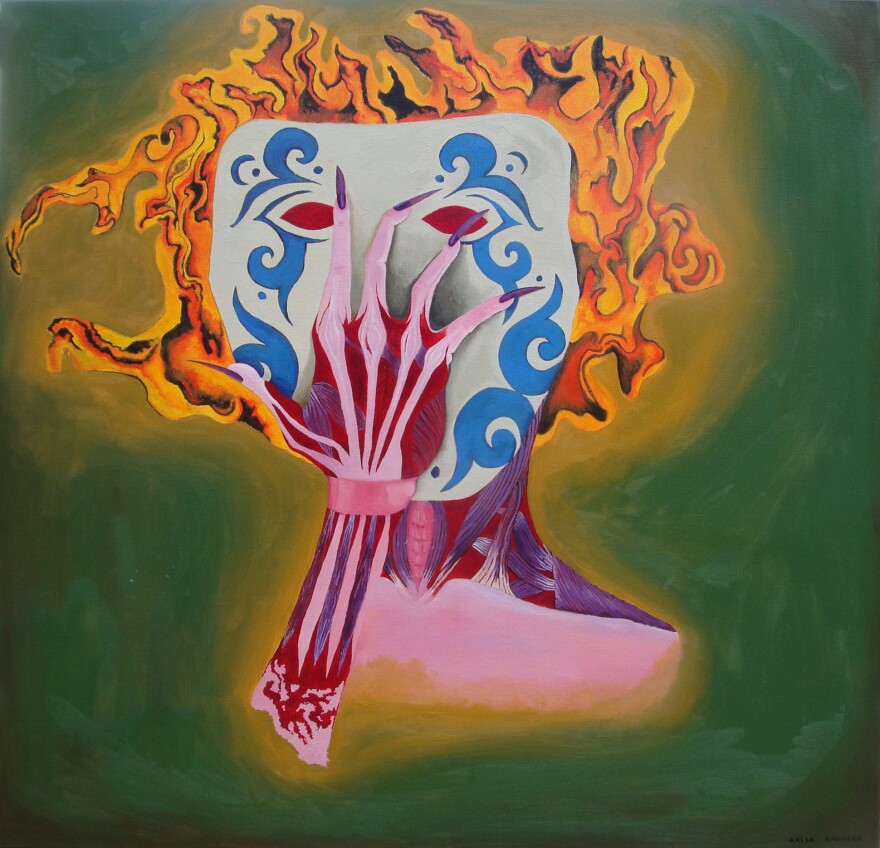Yusra Ali, a student at St. Louis Community College, was a shy child, and took to drawing and painting at an early age as a way to express herself.
As a young adult, and practicing Muslim, she hopes to harness that communicative power of art to help people better understand the nuanced identities of Muslims.
Concerned that people in the larger community tend to lump all Muslims together, Ali organized an exhibit she hopes will help others see people who are Muslim as individuals. Creativity and Identity: A Muslim American Art Exhibition takes place tonight at Third Degree Glass Factory.
“I wanted to show this STL community that there are Muslims here who are more than just the ritualistic practices that is usually taught in schools. That Muslims pray five times a day and do the Haj pilgrimage. No,” Ali said. “We have our own lives and our own identifies and unique things that make us different from each other.”

Ali organized the show through The Council on American-Islam Relations in Missouri, where she works as an intern. The organization advocates for Muslim civil liberties and defends Muslims from discrimination, bigotry and Islamophobia.
CAIR's exhibit, which takes place from 6 to 9 p.m., aims to help people in the St. Louis region better understand Muslims and their faith. It will feature paintings, pottery, photography, traditional Muslim clothing, graffiti, henna, storytelling, artist presentations and poetry.
The exhibit also gives Muslim Americans a chance to proactively highlight positive aspects of their faith instead of just combating negative stereotypes, said Faizan Syed CAIR's executive director.
“'We're flipping the script,” he said. “We're actually letting people know about our religion, our faith, through the expression of art. Because art has been a part of, not only the Islamic faith, but all faiths over generations.”
Syed said he hopes people respond positively to the exhibit and this becomes an annual event. Ali agreed. She wants the exhibit to break down perceptions of Muslim practitioners as one specific identity.
Artist Aalia Rahman, agrees with that point. She also wants to elevate the arts within the Muslim 

community. Additionally, she says art has the power to affect people’s perceptions in ways policy cannot.
“Art is also something that can connect to anyone and anything. It can connect to any field and fight for any cause. Again something policy can never do,” she wrote in an email. “Policy can tell you to not discriminate against a group of people, but art incites the emotions to not do so. You can understand a culture through its art, but you can’t always understand a culture through its policies.”
The work on display, Ali said, doesn’t fall into traditional understandings of Islamic art. The content isn’t specifically tied to the traditions or religious tenants expressed in foundational Islamic art. Instead, the work is varied, contemporary, and intended to show a broad range of perspectives from people who practice.
“This who I am. I’m not what you typically think of me. Or as I like to say, as the caricatures that the media presents, unfortunately,” she said.
Follow Willis on Twitter: @WillisRArnold




